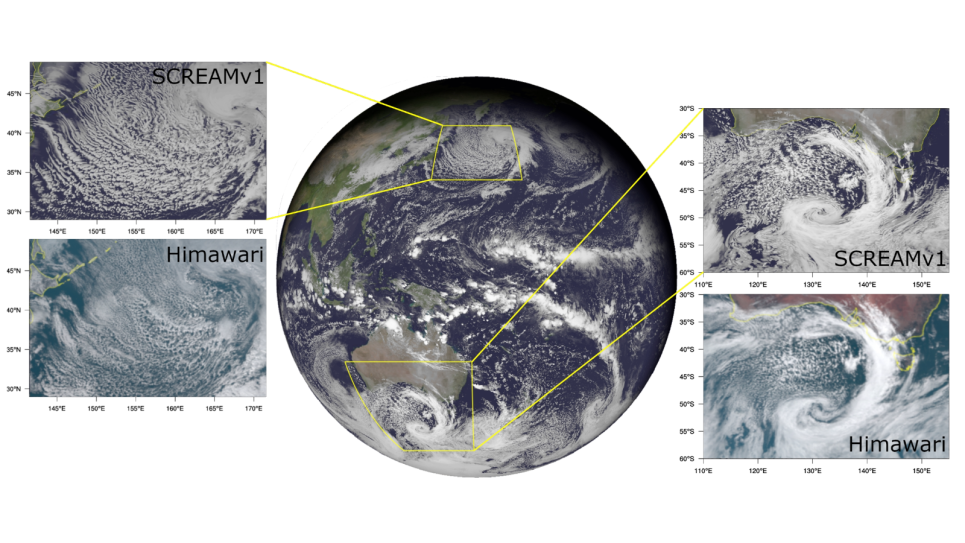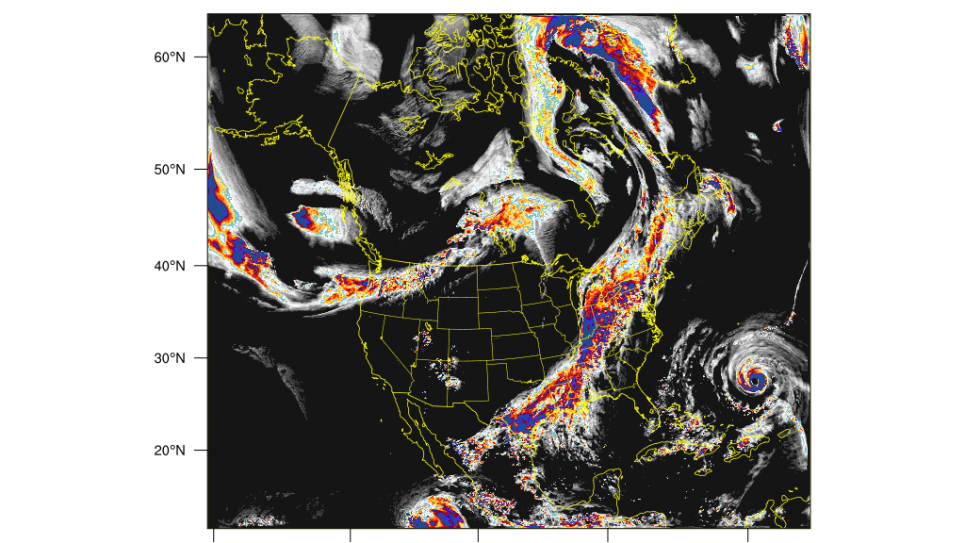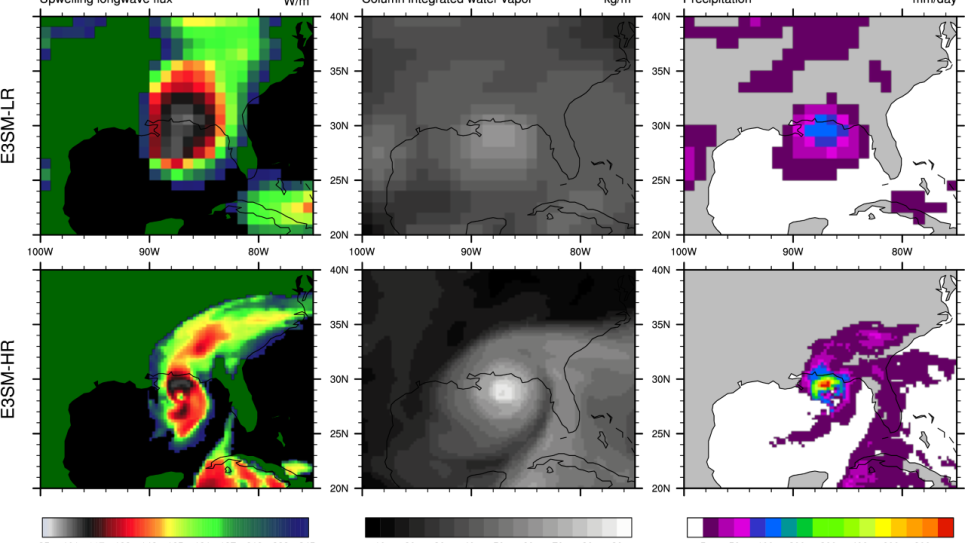The ACME (Accelerated Climate Modeling for Energy) project builds on the National Laboratory system’s expertise in climate, high performance computing and data to create a next-generation Earth system model for use by the scientific community. The priority of this project is to improve predictive understanding of the Earth’s climate system, with a focus on the coupled system dynamics linking the atmosphere, oceans, land, and ice. The first phase of the project uses focused model development and a carefully configured set of simulation experiments to address three primary scientific questions:
1) How do the hydrological cycle and water resources interact with the climate system on local to global scales?
2) How do biogeochemical cycles interact with global climate change?
3) How do rapid changes in glaciers, snow cover, ice sheets, and other forms of frozen water (collectively referred to as the cryosphere) interact with the climate system?
This effort concentrates the efforts of climate, computational, software, and data experts across seven national laboratories and other key partners to target a high-resolution coupled simulation capability over a nominal 80-year window centered on the present-day (approximately 1970-2050). In parallel to the implementation of the Earth system model, domain experts will continually update the atmospheric, ocean, and, and ice sub-models to ensure that these sub-models, and the coupled Earth system model, incorporate the most recent science. This effort will allow ACME to deliver a landmark capability in high-resolution Earth system modeling


